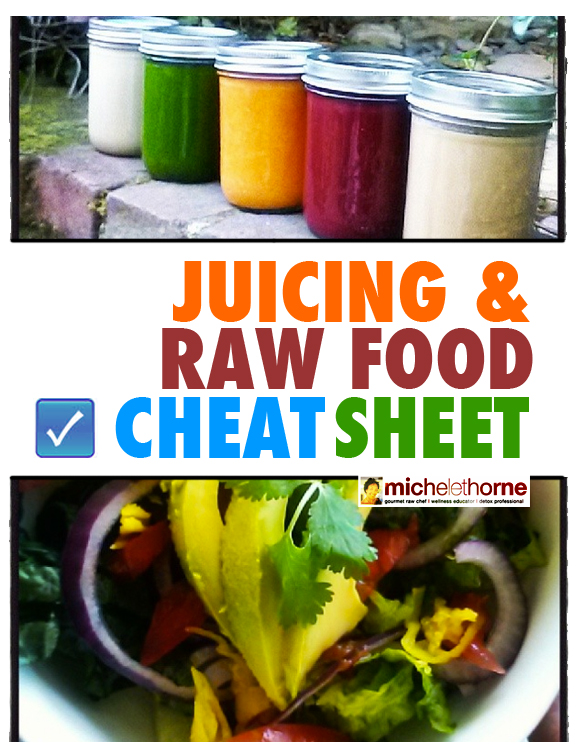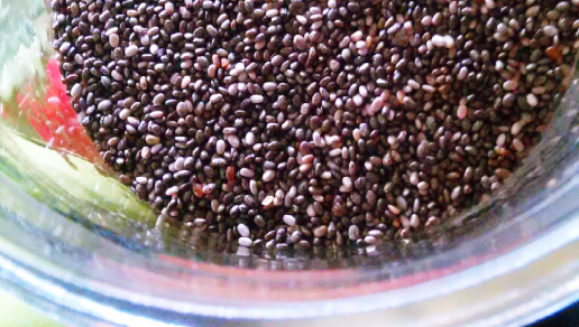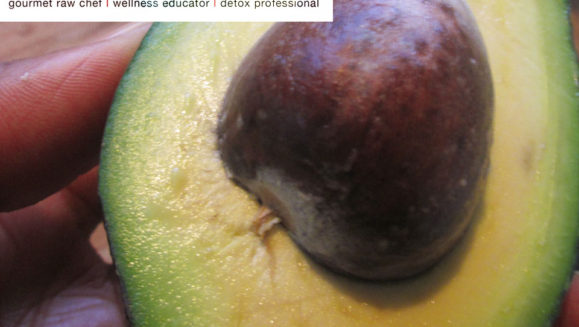– Hippocrates
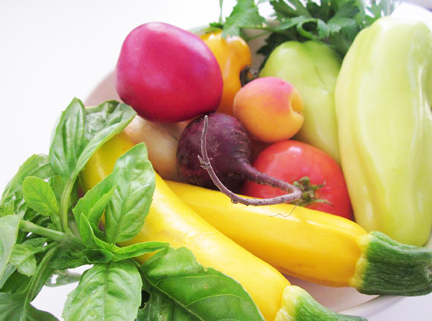
Unfortunately, food policy, agribusiness, the application of pesticides and herbicides, the deceptive marketing of food additives and the egregious proliferation of genetically modified foods has greatly compromised our food security.
As a result, we have all been subject to elevated prices in food – across the board within the past ten years. According to the Bureau of Labor Statistics, a gallon of whole milk cost $2.69 at the beginning of 2003. Today, a gallon of whole milk costs almost $4. That’s almost a 50% increase in price. Let’s bring it back to veggies though. Carrots. We love carrots, right? With so many of us juicing carrots I figured I’d look at the price of them…and I did. According to the USDA data on organic prices of carrots, in 2003 a 2lb bag of carrots cost $1.25 wholesale. In 2008, the same bag of carrots costed us $1.65, which is a 32% increase in 5 years1. Retail prices have an even larger increase in prices.
To add insult to injury, we have been subject to toxic substances that get dumped, sprayed or genetically injected into our food supply. We have been subjected to increased health care costs to treat the plethora of preventable diseases that are by-products of malnutrition or toxemia. And these diseases kill millions, every year. Let’s look at the facts, though. We can easily learn that the…
“CDC found pesticides and their break down products in all of the people they tested. All but five of the 23 pesticide metabolites evaluated in this report were found in at least half of the study subjects. (see Figure D). Among those tested for pesticide residues in both blood and urine, the average person had 13 pesticides in his or her body. Two chemicals found in nearly all the test subjects were TCP, a metabolite of the insecticide chlorpyrifos (found in 93% of those tested), and p,p-DDE, a breakdown product of DDT (found in 99% of those tested). Based on these data-which present results from testing fro only a fraction of the pesticides that individuals are actually exposed to-it’s clear that most people in the U.S. carry a significant body burden of pesticides and pesticide metabolites.”
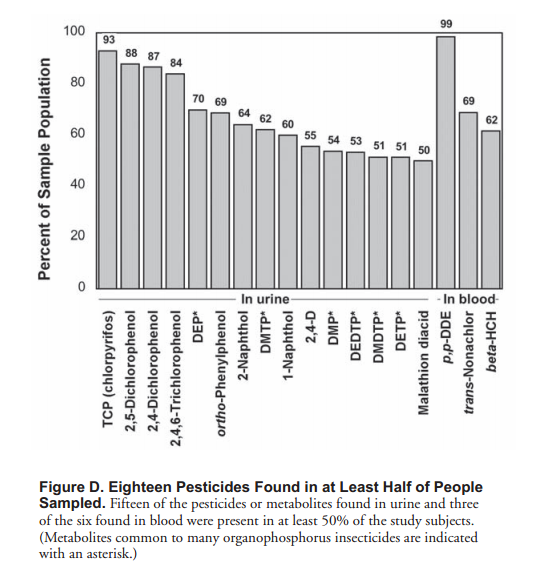
“Dioxins have been detected at high concentrations in breast milk, raising concerns about disorders in nursing infants caused by breast milk containing dioxins in Japan. We analyzed dioxin levels in breast milk and maternal blood samples from 35 pregnant women in Japan. We also measured immunoglobulin (Ig) A concentrations in breast milk and investigated correlations with dioxin concentrations. In addition, 18 of the 35 women took Chlorella pyrenoidosa (Chlorella) supplements during pregnancy, and the effects on dioxin and IgA concentrations in breast milk were investigated. Toxic equivalents were significantly lower in the breast milk of women taking Chlorella tablets than in the Control group (P = .003). These results suggest that Chlorella supplementation by the mother may reduce transfer of dioxins to the child through breast milk. No significant correlation was identified between dioxin and IgA concentrations in breast milk in the Control group. It is unlikely that normal levels of dioxin exposure via food have a remarkable influence on IgA in breast milk. IgA concentrations in breast milk in theChlorella group were significantly higher than in the Control group (P = .03). Increasing IgA levels in breast milk is considered to be effective for reducing the risk of infection in nursing infants. The present results suggest thatChlorella supplementation not only reduces dioxin levels in breast milk, but may also have beneficial effects on nursing infants by increasing IgA levels in breast milk.”
Now, let’s make the connection…if you haven’t already. According to “How Stuff Works“, DDT and dioxin share several interesting characteristics.
- They are toxic in small amounts
- They both exist indefinitely in the environment once released
- They both accumulate and dissolve in fat
Yikes.
During the summer of 2000, the EPA completed a decade long effort to reevaluate the science associated with dioxin and its risk to human health.2 Dioxin is a toxic industrial pollutant and the top three ways humans become exposed to dioxin is through the food chain (specifically through the consumption of dairy, eggs, fish and animal fats), and through environmental toxins (specifically through industrial pollution) in the air, water and soil.3 Dioxin and DDT share characteristics, and we’re ingesting them through our food, air and water so it’s no surprise that DDT was found in 99% of the folks tested in the study above.
You can make your own assumptions and decisions. You can decide to take chlorella supplements and not drink one fresh juice or eat one leaf of kale. You’ll get the benefits of this amazing algae with your current meal regimen. But imagine…if you did take chlorella supplements, either by themselves or inside a raw green smoothie or raw green soup, you’d get the benefit of the chlorella AND the benefit of the food (including minerals, fiber and antioxidants) – win/win.
As a New York and Bay Area foodie, juice cleansing professional and community food security advocate, I believe in the precautionary principle. It is important to reduce the toxic burden on the body and its systems. That’s why I juice. That’s why I eat raw food.
People invest in the stock market – this complex series of algorithmic components that is affected by public opinion – and expect a return on that investment. To many, it comes in the form of a monetary payout, but some lose it all. Those who invest don’t necessarily control the agitation factors or the outcome, but they invest for a future reward. I think of raw food and juicing the same way, as an investment. Only I buy in with organic kale, goji berries, chlorophyll and cacao beans and expect a future (and present) reward of improved health and well-being. Of course, there is no promise of tomorrow no matter what you eat. There are just some things you can’t control. But you can control to a degree, what you put into your body, and if you have good quality information that helps connect the dots, you can make more informed decisions about you and your family’s health. Food and healthcare will become increasingly more expensive as we age and as things begin to fall apart, so I consider myself getting in on the ground floor.
Does it work for everyone? My experience has shown me that nothing works for everyone. Raw food isn’t a religion to me, and I don’t subscribe to labels. I do my best to drink, eat and live as clean as I possibly can and this website is here for the purpose of investigating the causal relationship between what you eat and how food affects your health in the short and long-term. I do my best to bring science to the table when scientific data is available, and I am pleased to present to you a different take on healthy, beautiful, seasonal food that It’s simply a fun, delicious and creative way to get essential minerals, enzymes, fiber and amino acids into your body.
1. USDA Economic Research Service, Organic Prices Overview : http://www.ers.usda.gov/data-products/organic-prices.aspx#.Uu2JnHewIUU
2. USDA Animal and Plant Health Inspection Service; Dioxins In the Food Chain : Background; http://www.aphis.usda.gov/animal_health/emergingissues/downloads/dioxins.pdf
Go ahead, it’s okay to cheat!
